Affiliate links on Android Authority may earn us a commission. Learn more.
Opinion: Does the Galaxy Tab S2 have things going for it... or against?
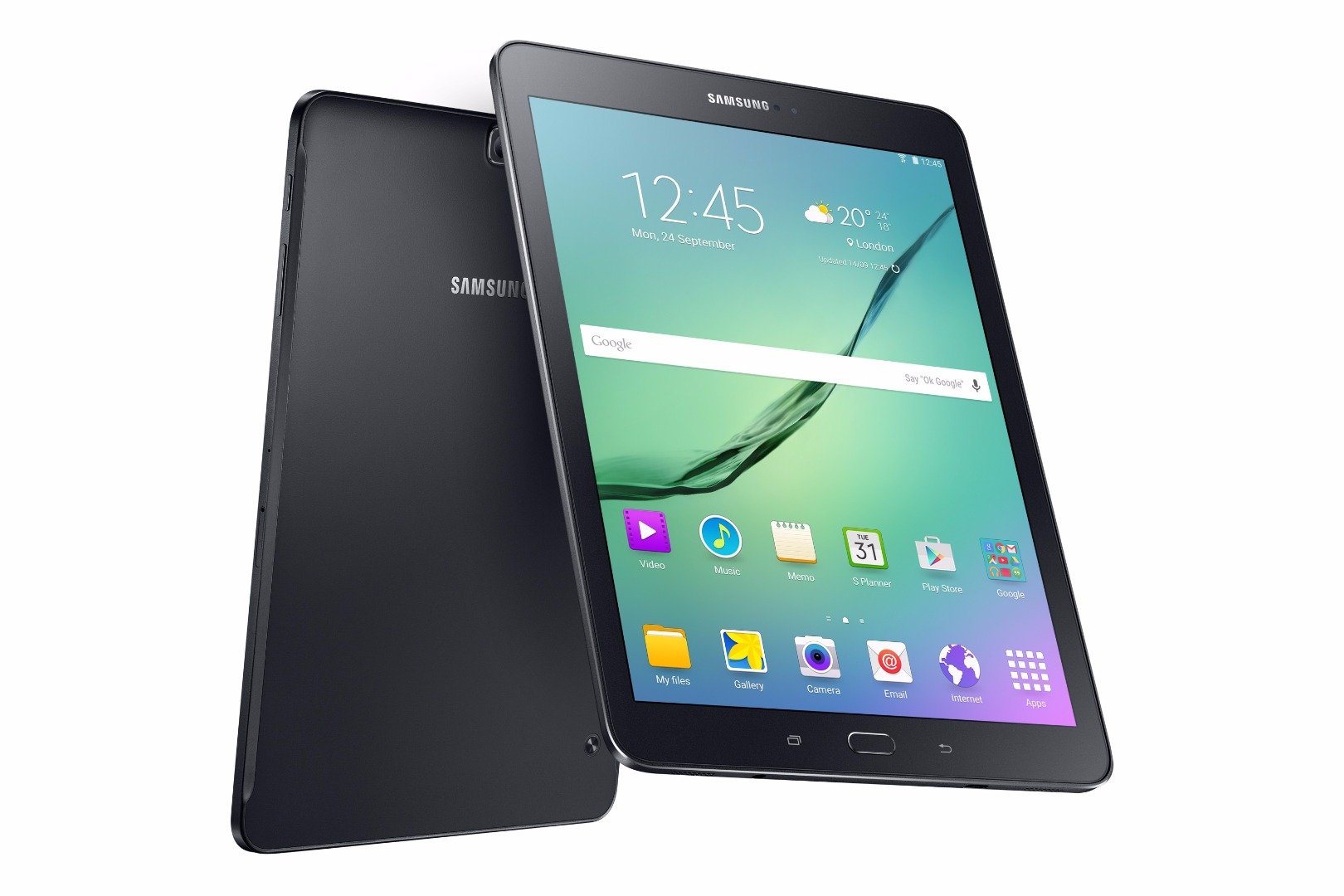
Earlier today, Samsung finally announced the Galaxy Tab S2, successor to the premium pair of tablet products it bequeathed onto the world last year. Given the reaction some have in its wake, we felt this to be an ideal time to examine in greater detail just what’s going on with the Galaxy Tab series, and why the one device which consumers might have been looking forward to is suddenly a little less out-of-this-world.
The overview
As we mentioned in the official unveiling post, the Galaxy Tab S2 comes in 8-inch and 9.7-inch variants, both of which use a 4:3 aspect ratio. Included is a 2048×1536 pixel S-AMOLED display. They feature an Exynos 5433 octa-core SoC, 3GB of RAM, 32 or 64GB of on-board storage, and an 8-megapixel rear, 2.1-megapixel front camera combo, no flash. Android 5.0.2 will be running on top of the updated TouchWiz seen on the Galaxy S6, along with the the same “touch-based” fingerprint sensor. The tablets support microSD up to 128GB and will come in both Wi-Fi-only and LTE variants.
The 9.7-inch variant will include a 5,870mAh battery, and the 8-inch variant a 4,000mAh one. Both devices will be available in either black or white, measure just 5.6mm thick and employ an aluminum frame, but soft-plastic rear panel. SamMobile has listed the following prices for the European model:
- Galaxy Tab S2 8.0 Wi-Fi: €399 ($432)
- Galaxy Tab S2 8.0 LTE: €469 ($508)
- Galaxy Tab S2 9.7 Wi-Fi: €499 ($540)
- Galaxy Tab S2 9.7 LTE: €569 ($616)
Note that European prices are often significantly higher than the price of the same product in the US.
The potential problems
As we briefly touched upon in the announcement post, there are a few issues with the Tab S2, if not Samsung’s entire 2015 tablet series at-large. None of these points are deal-breakers alone, but when factored as a whole they might serve as a second thought for the more prudent shopper. Let us break them down, point-by-point in an attempt to determine just how relevant they are:
The cost
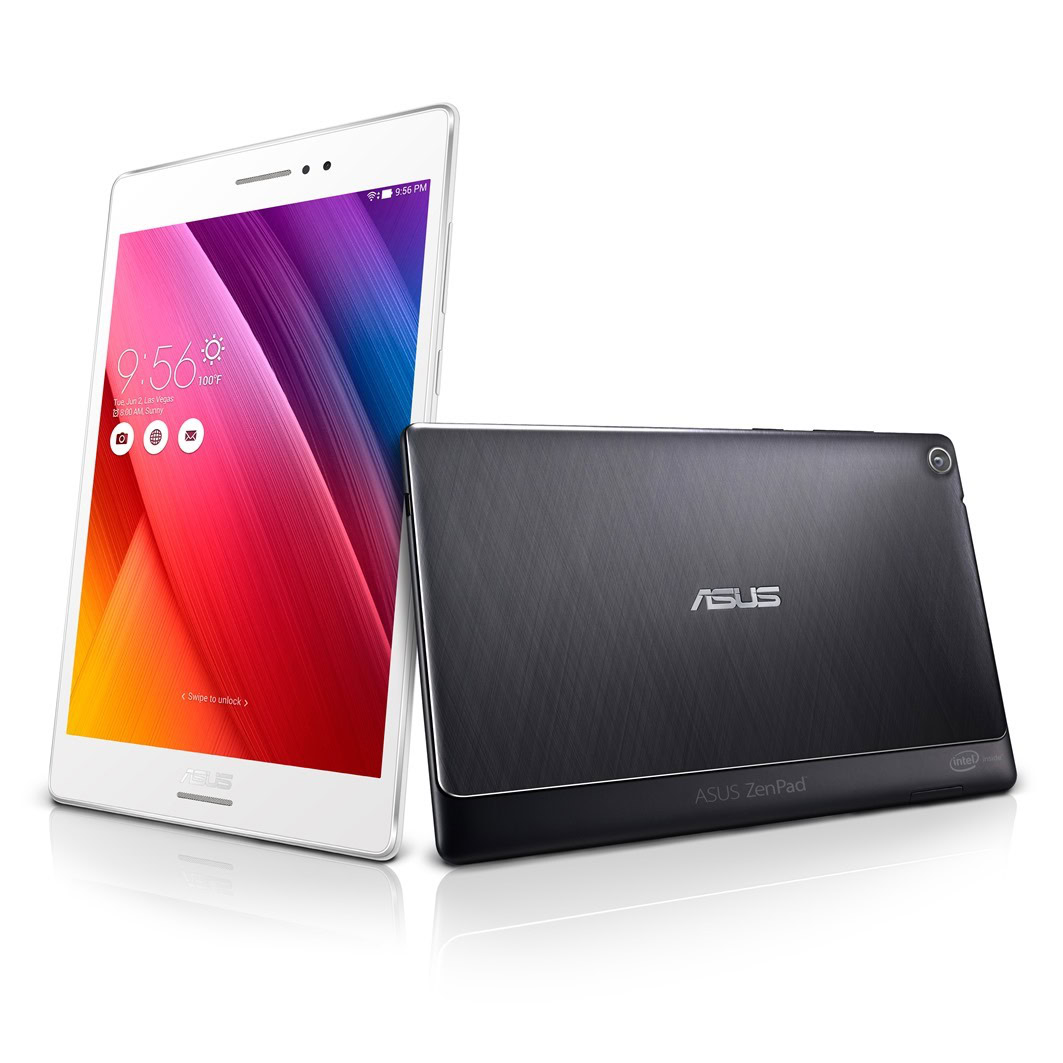
While nothing is set in stone about what kind of money these tablets will cost, the above figures pegged the most expensive variant at roughly $616. This is indeed somewhat concerning as tablet sales are not exactly booming. Samsung’s conscious effort to continue charging a premium price for its products may be commendable, but look no further than its smartphones to see it’s not necessarily a good one. Even the near-universally praised Galaxy S6 and S6 Edge flagships aren’t selling in the vast quantities many anticipated, save for perhaps in North America. Elsewhere in the world keen competition has seen the erosion of Samsung’s unrivaled domination among Android OEMs.
Samsung's continued decision to charge premium prices for lesser products may be commendable, but it's not necessarily a good one.
The high cost of the Galaxy Tab S2 is also unlikely to do it any favors when the original Galaxy Tab S models are now reduced in price, and will probably see further cuts now that their replacement has been announced. Given that last year’s offerings were fantastic products in their own right, and still hold up quite well today – complete with Android Lollipop no less – it becomes all the more difficult to find a reason for more price-conscious customers to actively make a decision to spend more for… not so much more.
The value
One reason the cost of the Tab S2 is likely to be a problem is the perceived value of the product. These days, there are many, many other tablets to chose from, many employing top notch specs and build quality. This includes the original Tab S, but also many other products including the Nexus 9 and others featured here.
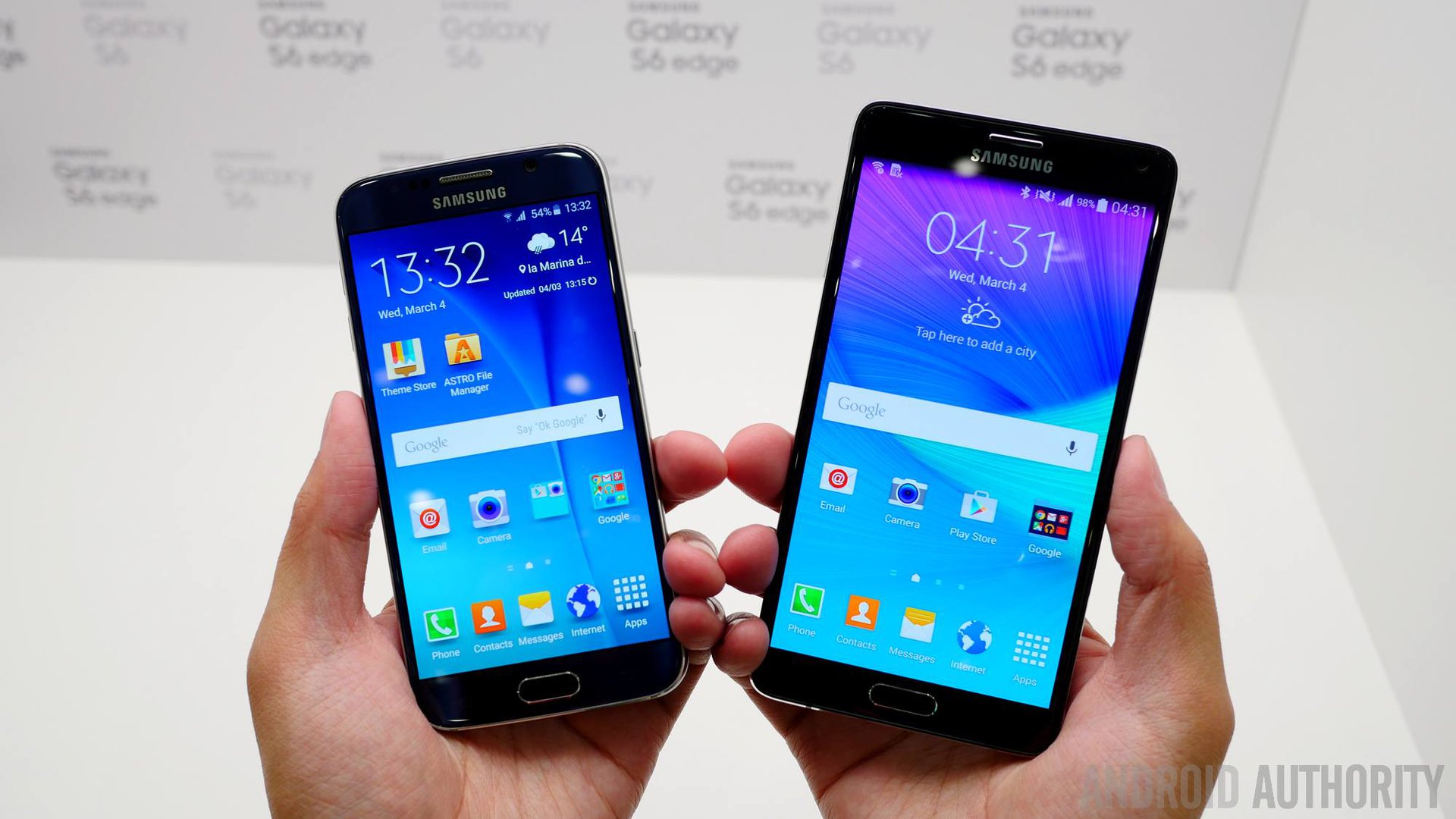
It is here that Samsung may have dropped the ball. The Galaxy Tab S2 is by no means a dinosaur – far from it – but the decision to go with last year’s Exynos 5433 instead of the new 7420 seen in the Galaxy S6 is a questionable one given the cost of the tablet. Granted, the casual consumer is likely never to notice the difference, but at this price tag one gets into more hard-core users, and ones who will likely compare specs before making a decision. Likewise for a premium tablet, it only makes sense to use premium parts.
It is also worth mentioning that the Korean LTE-Advanced model of the Galaxy Tab S 10.5 already included the Exynos 5433, albeit limited to only 32-bit processing performance, even with the Lollipop update. Still, for the Korean market at least, the value proposition of the Tab S2 becomes even more questionable though at least the “reused” processor will have 64-bit enabled.
The build quality
The construction itself is questionable. Samsung has basically deemed it fit to take the “Galaxy Alpha” approach, if you will, towards the product. The Tab S2 will have a full metal frame, yet once again goes with a soft plastic backside that, while comfortable to hold based on initial reports, is decidedly not metal. How this decision was made is a mystery, but the fact it was shows that Samsung has no intention to compete earnestly with Apple. This is further emphasized by the aspect ratio and this claim by The Wall Street Journal about the early release of the Note 5, in order to avoid competing with Apple’s new generation of iPhones.
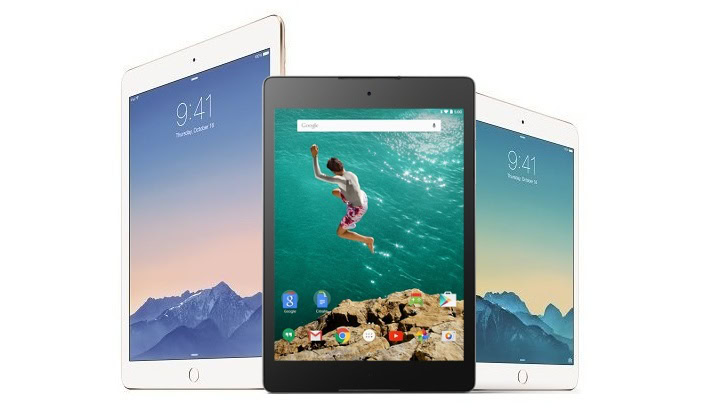
It also showcases just how maligned the naming convention for the tablets has become. The Tab A series, for example, was neither mid-range nor was it made of metal unlike the smartphone series. Likewise, the Tab S2 is neither made (entirely) of premium parts nor is it packing the best specs as per the Galaxy S smartphones. This seemingly is serving no other purpose than to dilute the brand itself by conflating them with more idealistic hardware yet providing less.
Samsung's tablet naming conventions seemingly serve no other purpose than to dilute the brands themselves by suggesting idealistic hardware yet providing less.
Also related to build, though on a slightly more subjective level, Samsung’s decision to go with relatively plain looking, solid colors on the Tab S2 might come as a bit of a disappointment. Last year’s models featured a very distinctive, two-toned color scheme in light of the bronze frame that went around the device’s perimeter. This design choice is rarely seen on Samsung products, usually reserved to special or limited-editions of key smartphones, such as the Galaxy S4 or Galaxy Note 3. The Tab S2 ultimately looks no different than an enlarged Galaxy E or Galaxy A which may -or may not- disappoint some customers.
Cost cutting
While very few people might actually use tablet cameras, their inclusion at all implies that they serve a function to at least some users. While the lesser nature of the Tab S2’s pair of cameras might be easy to overlook, we have said – on more than one occasion now – that the decision to remove the rear flash smacks of cost cutting. Irrespective of if anyone is actually going to use the flash, the fact that Samsung deemed it acceptable to remove it from the Tab S2 after prominently including it on both the original size variants of the Tab S hints at cost-cutting. Since when is it acceptable to remove elements from a premium product that will cost a premium price?
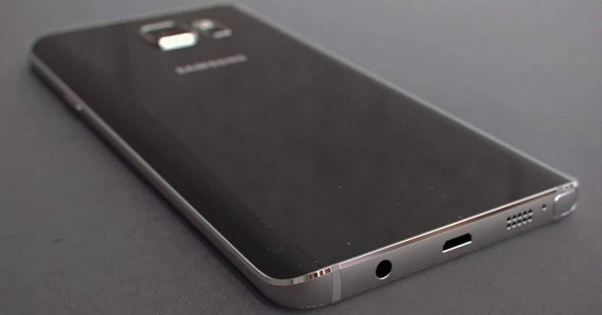
The decision to use a plastic back, as mentioned above, is yet another element of keeping manufacturing prices down. The same goes for the SoC, and perhaps even the omission of UFS 2.0 storage. All of this was fine-and-dandy in 2014 when the “New Samsung” was still out to play, yet it seemed like the Galaxy S6 and S6 Edge were the products of a new Samsung, the same one that is seemingly going to produce a similar-looking Note 5.
The aspect ratio
While some might be perfectly OK with the 4:3 aspect ratio, the vast majority will not, less there would be far more Android tablets made already of this alternative size situation. Full-screen does have its fair share of uses to be sure: it’s much better for browsing the web or even reading eBooks. But is it mainstream? Perhaps not. While this might have been acceptable on the Tab A, the decision to make both size-variants of its premium offering 4:3 might come back to haunt Samsung. The choice also means this product is directly competing with the iPad Air 2 and iPad Mini 3, along with whatever new devices Apple will release this year. The same is also true of the Nexus 9, and even the much more price-friendly Galaxy Tab A and ASUS ZenPad S.
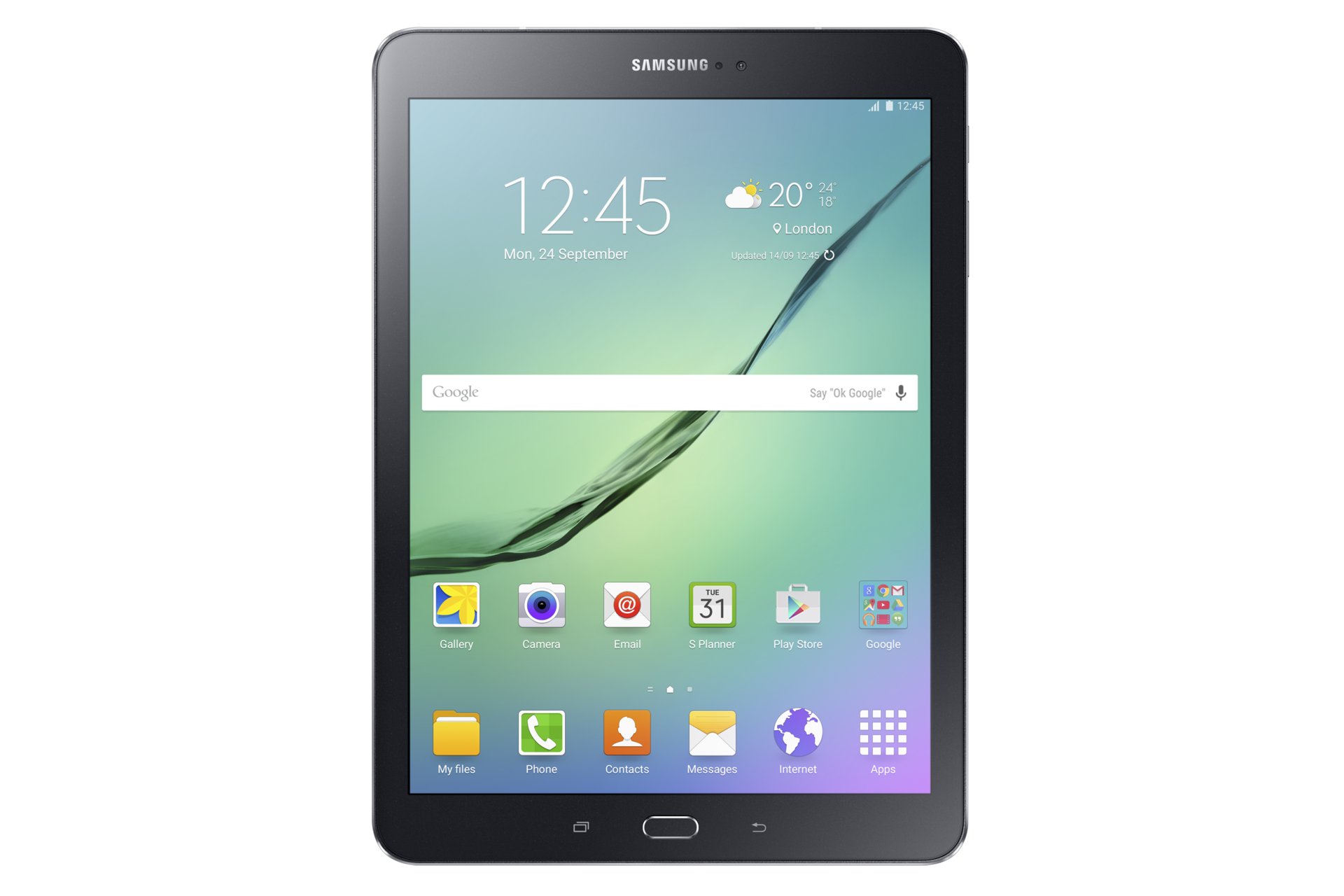
Putting aside accusations of “chasing Apple”, it is quite feasible that Samsung chose 4:3 to try and reach out to new potential consumers, ones who aren’t happy with the vast number of widescreen offerings that comprise the near-entirety of Android tablets. It also serves to make the Tab S2 stand out from the previous incarnation and that is, in-and-of-itself, a deciding factor for some.
[related_videos align=”center” type=”custom” videos=”576611,396976,393454,563891″]
On the other hand…
Despite the possible misgivings about the Galaxy Tab S2, credit should be given to Samsung for doing something different. It is far, far too easy to release a simple iterative internal update to an existing product and brand it as “new”, not unlike what Apple has done before. Samsung, for all its faults or follies, has consistently redesigned the Galaxy Tab series year-in, year-out. With respect to the Galaxy Tab S in particular, considering last year’s model essentially had excellent specs to begin with (the SoC arguably being a contention depending on the configuration) there was very little Samsung could do to make this a truly different product. Granted the points raised above might have made a difference, but as far as the specs themselves go, these days they are more of a subconscious checklist of sorts for a product than a conscious comparison for the mainstream consumer. Assuming they bothered with comparison shopping to begin with, of course.
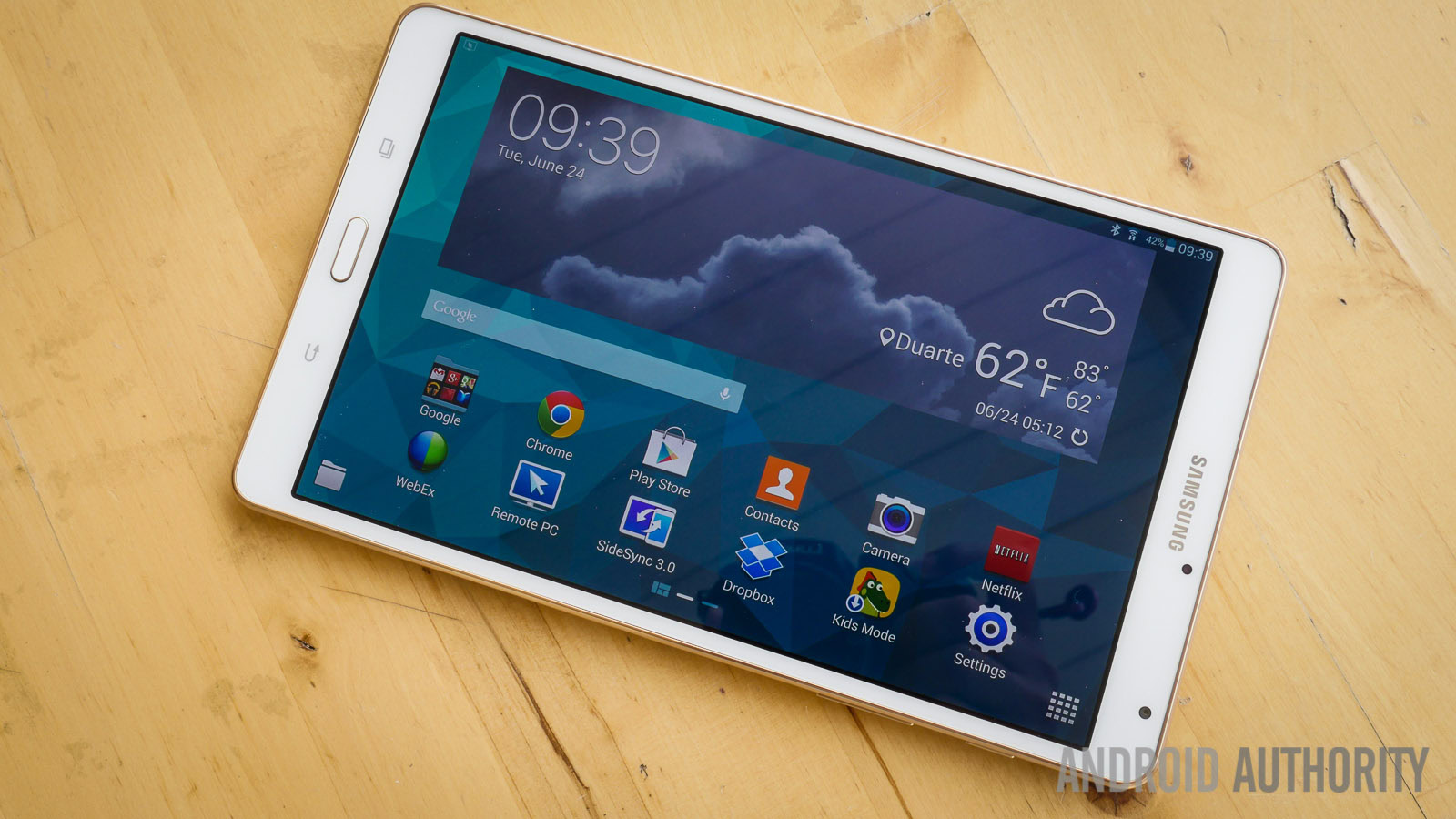
Still, had Samsung released the Galaxy Tab S2 as little more than a metal version of what was delivered last year, there would have been criticism about “reusing the same design” or “charging more for basically the same thing as last year’s now-cheaper product.” By specifically swapping to a 4:3 aspect ratio, Samsung has cunning managed to cater to both types of consumers: those who want a more “iPad” like experience will no doubt be thrilled with the Tab S2, and those who are more interested in widescreen can simply opt for last year’s offerings, still both very nice and for a lower price to boot.
It is also worth praising Samsung for its decision to include microSD card support. Granted this was hardly a risky proposition given the Tab products that have came before, but once upon a time, in the days of the original Galaxy Tab and Tab 10.1, there was no expandable storage. Given the OEM’s predilection this year for removing it on flagship products, it would have been a logical -though perhaps unwelcome- finding had the Tab S2 failed to include it.
Wrap up
The Galaxy Tab S2 is by no means doomed, nor is it a bad product. It’s definitely an improvement over last year’s offerings, on paper. It has a beautiful SAMOLED screen of which no other company can rival and that accounts for a lot. The question, however, is just how competitive the Galaxy Tab S2 is among an ocean of tablets, most of which have long-since decided to forgo premium price points yet still provide killer hardware. Samsung needs to put its best foot forward in light of declining profits, and while the Tab S2 definetly has a nice pedicure, we’re not quite sure all the rough edges were polished.
In the coming weeks, we will be offering detailed reviews and comparisons of the Galaxy Tab S2 line, so let’s reserve final judgement until then. Please be sure to leave us your comments below, along with any suggestions for which products you would be interested in seeing it compared to.